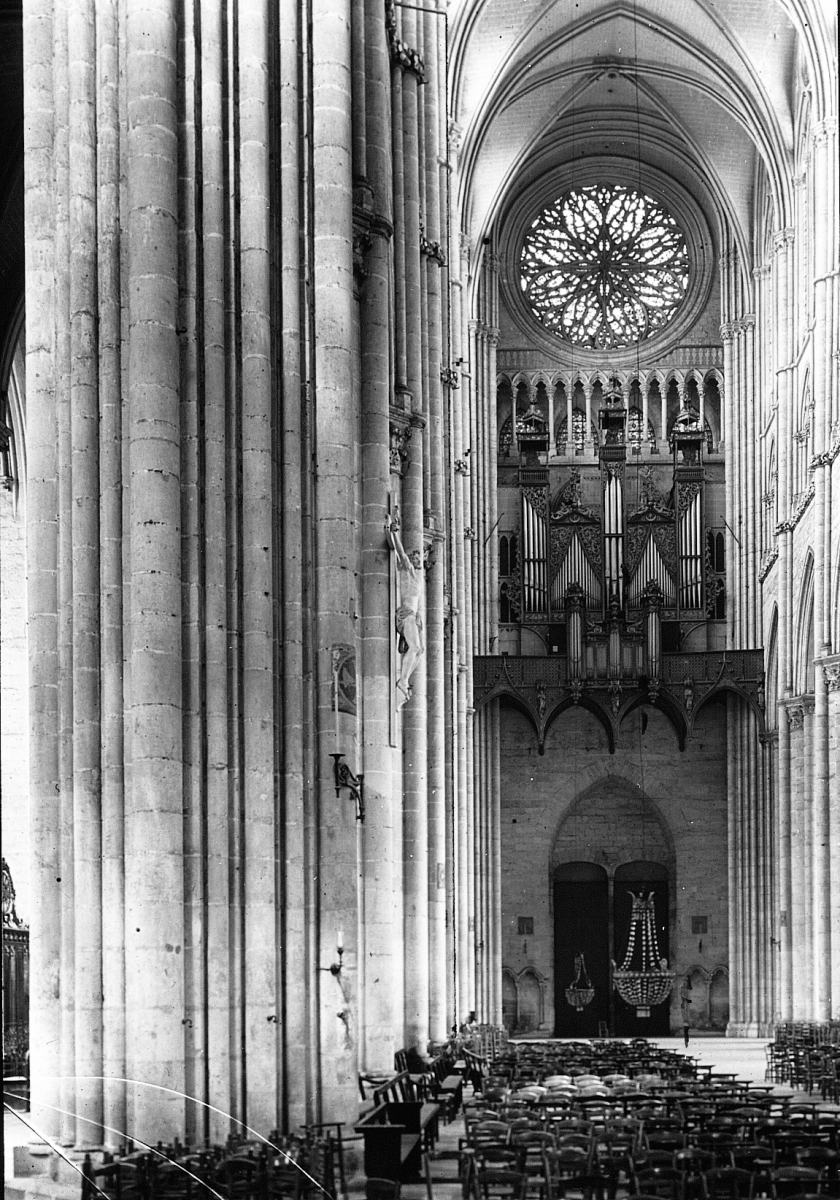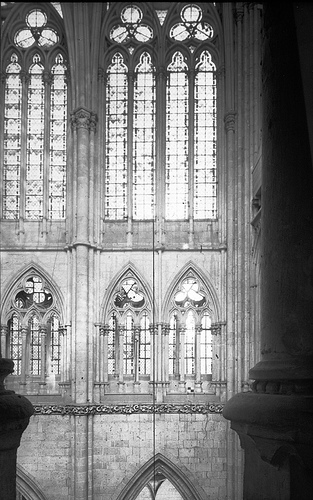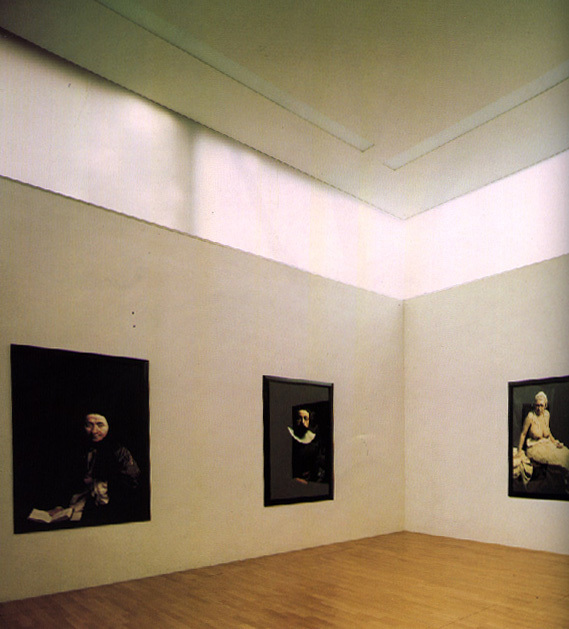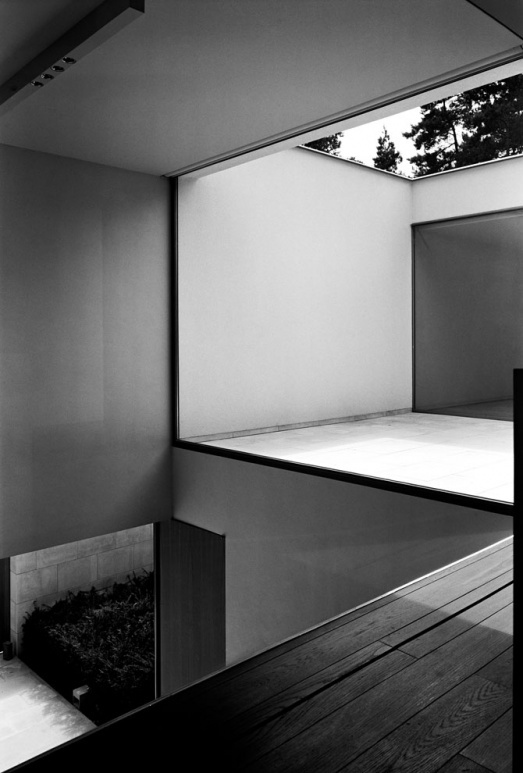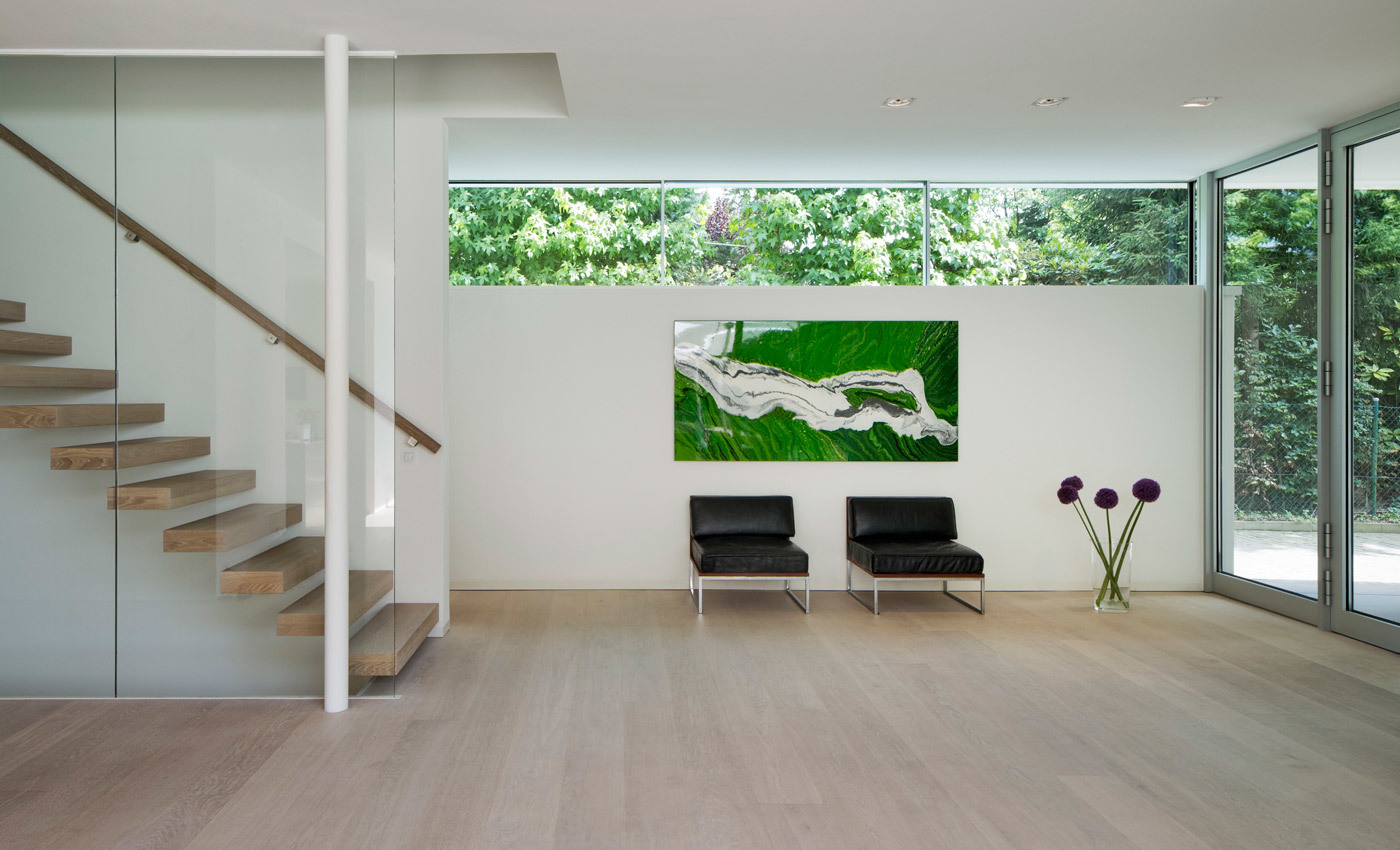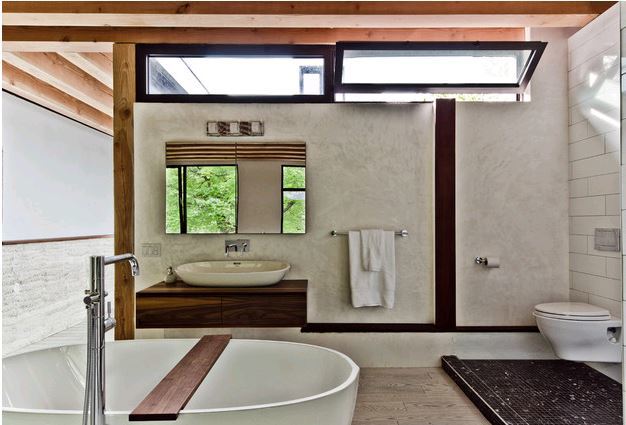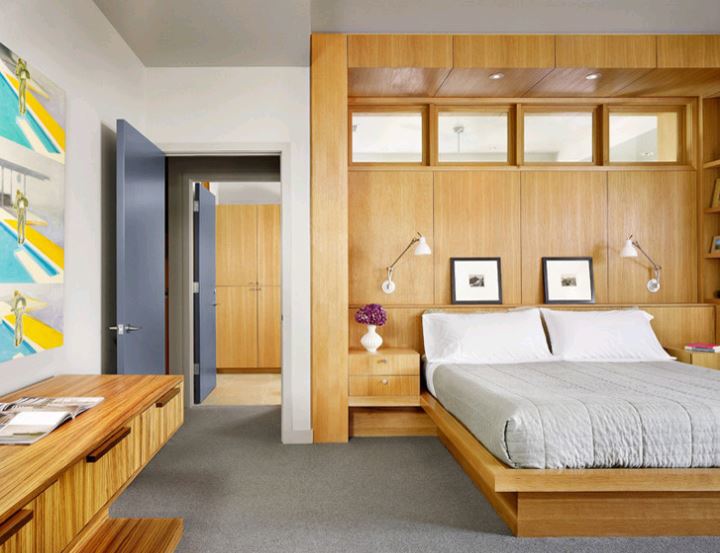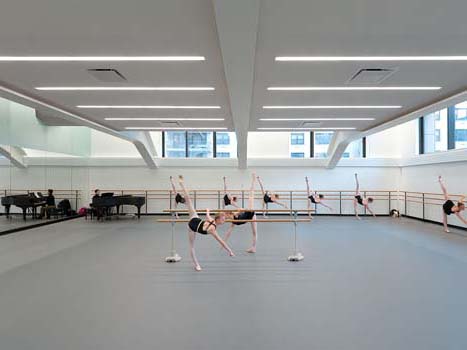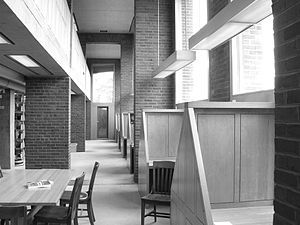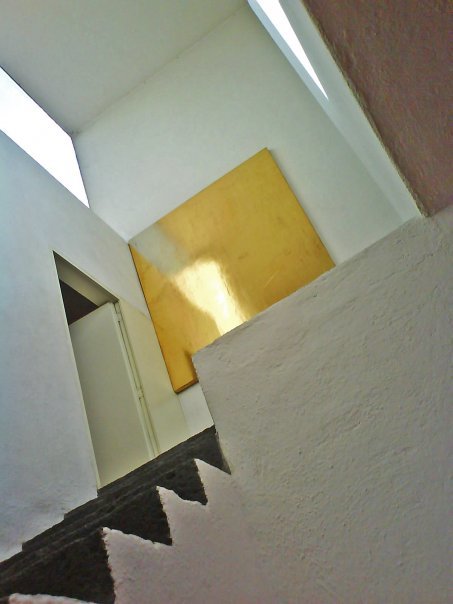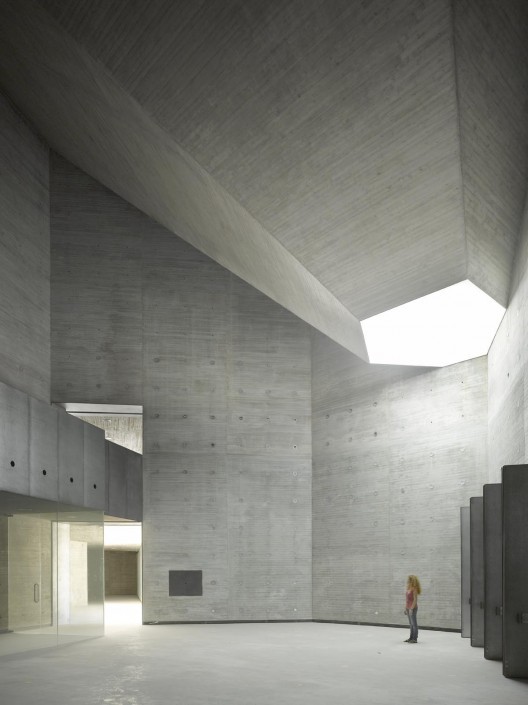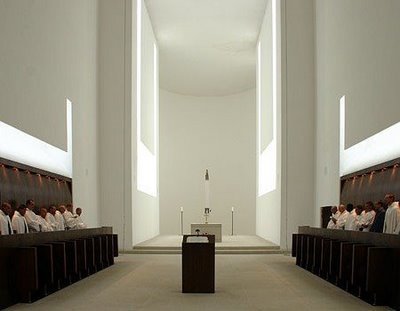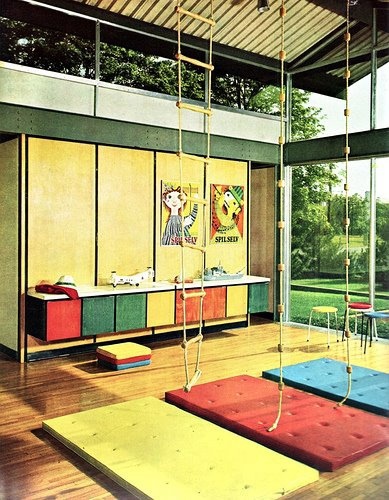The days have been getting shorter for some time now, and having Thanksgiving under our belts reinforces the fact that we are into winter, the season of vitamin D deficiency.
I was passing through Grand Central last week, on a gray and misty morning, and the sun was coming through the clerestory windows in the main concourse with all the drama of the old John Collier photograph that is iconic for the space.
Even on a gray day, what little light there was made hard angle to the space below. It was a welcome reminder of how natural light - i.e. from the sun - can be a powerful architectural element when strategically employed.
Having a whole room bathed in light is sumptuous, for sure. Often times, however, bringing the light into a space requires some architectural gymnastics. And sometimes, you just want a room to feel more closed for privacy. Sometimes we seek sanctuary from the visual clutter outside; but we don't want to feel imprisoned. In those cases, clerestory windows are the answer to our sun-seeking prayers.
Clerestory windows refer to any windows above eye level, and would historically refer to the upper levels of Romanesque or Gothic cathedrals which were often pierced with fenestration to bring light down to the people. One of the most dramatic examples of Gothic architecture, the Cathedral of St. Catherine at Amiens (right), has clerestory windows that are nearly a third of the interior height!
In modern architecture, the clerestory is more often horizontal. Having window up high means you gain wall below -- in residential design, those walls are then freed up for art, kitchen cabinets, built-in bookshelves, a cozy bedroom. In public buildings, you can maximize the use of the internal volume while still bringing in natural light.
The iterations of a clerestory window are infinite, and can adapt to a multitude of architectural languages. In all versions, the void - the absence of wall - becomes something with unexpected presence and natural grace. So many beautiful examples to admire and emulate.
In designing the Canova plaster cast museum, Carlo Scarpa said, "I wanted to cut up the blue of the sky." Until the sunshine stays longer again, I say bring those heavens in.


